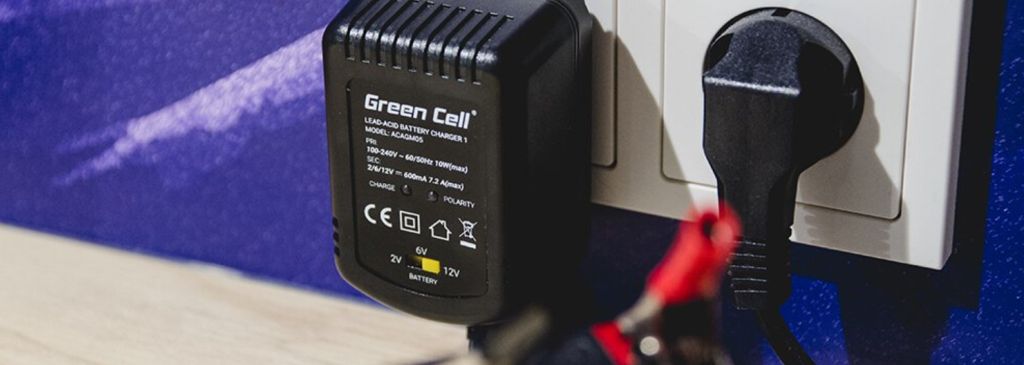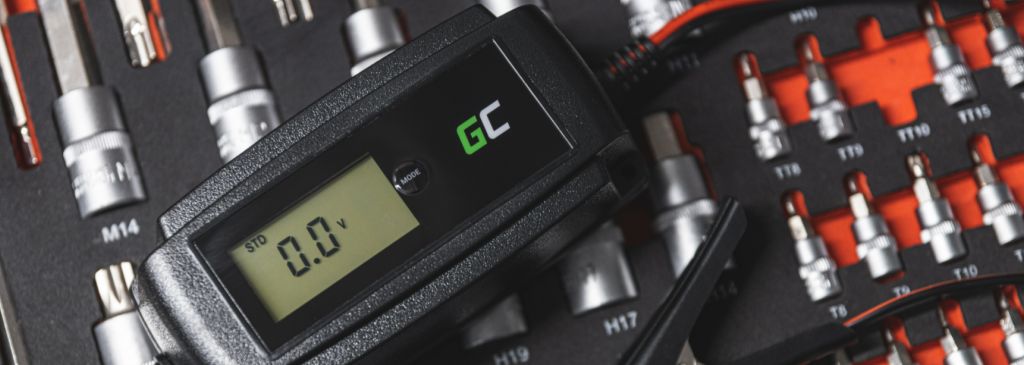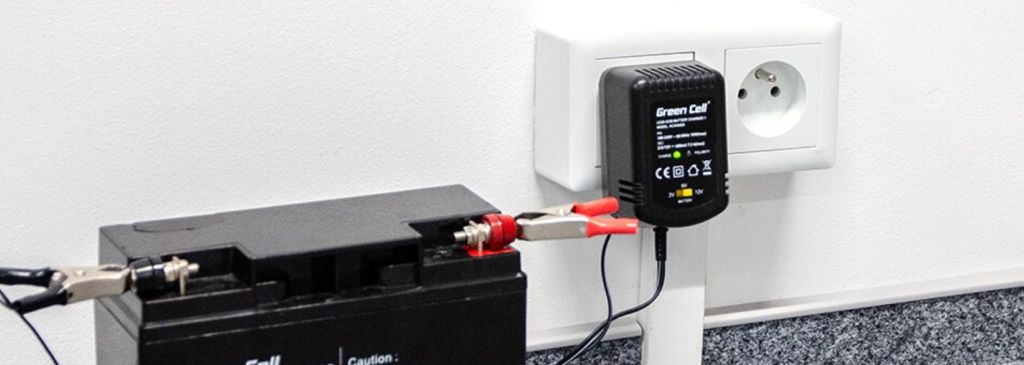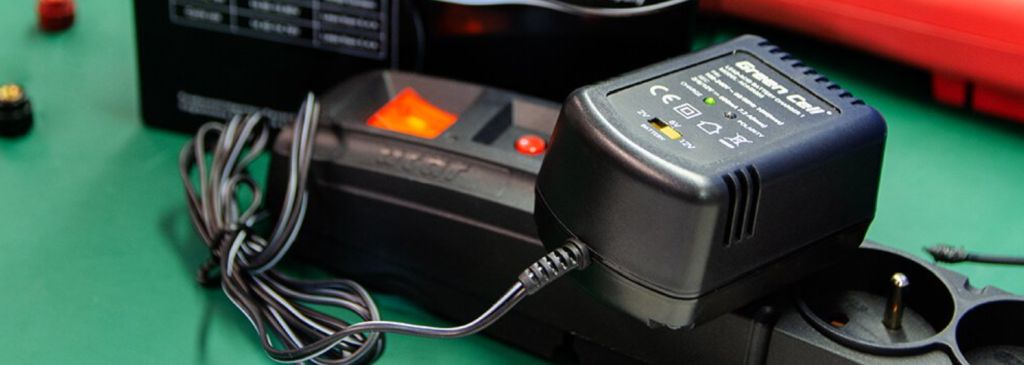A rectifier is a useful gadgets for those who have battery-powered cars and devices. It is used with AGM, gel or lead-acid batteries. You can use it to replenish the batteries safely, without affecting their full operability. This is true, provided you choose a proper charger. Check out what to look out for when buying a battery rectifier!
In this article you will find out:
- why is it a good idea to buy a rectifier,
- what to look out for when buying a charger,
- what extra functions a rectifier may have,
- what battery charger will be the best choice for you.
Why is it a good idea to have a rectifier
When you think “rectifier”, you normally associate it with the need to replenish a car battery. This kind of rectifier is used in a garage or when you’re on the go (that’s why it’s good to keep it in the boot of your car).
But batteries are not only used in cars, but also in a number of other vehicles and devices – e.g. scooters, motorbikes, UPS. When choosing a specific battery, you must acknowledge the fact that even the best quality products will run out of energy after a while, depending on how (and how often) you use them. In these situations you will need a proper rectifier. But you must be careful when choosing one. A wrong rectifier will not only fail to replenish your battery, but in some cases it may even damage it! So if you’re thinking of buying a rectifier, there are a couple of rules to go by.

Choosing a rectifier: 5 useful tips
1. Choose a rectifier to match your battery type
First of all, you should check the type of battery in your vehicle. Individual rectifiers vary in this respect – they may be dedicated e.g. to AGM and lead – acid batteries while others can be used to replenish LiFePo4 batteries. There are rectifiers that can be used for different batteries – but these models are usually more expensive. E.g. Green Cell ACA GM07 can replenish AGM, EFB, MF, as well as gel, lead-acid and LiFePo4 batteries. This device can be used to recharge the battery for your: scooter, passenger car… and even for a truck! It’s a good idea to pick this rectifier when you need a versatile device that will quickly replenish your battery. But if you need a rectifier to recharge a lead-acid battery once in a while, you may choose a cheaper model, which you will also find in our online store.


2. Note the voltage
The key parameter you should note is the voltage Popular gel and lead-acid batteries usually require 2V, 6 V or 12 V. Other batteries, though, may need a higher voltage (e.g. LiFePo4 – up to 14.6V). When choosing a rectifier, make sure it’s compatible with your battery as regards voltage. It’s good to note that cheaper models can usually be used for devices with a single voltage value (e.g. only for 9V). But you can also opt for more versatile rectifiers with a broader range of supported voltage – for example a Green Cell rectifier, which manages three voltage types: 2V/6V/12V. This means you can use a single charger to replenish different batteries.
3. Choose the output current value to suit your needs
Output current (expressed in amperes) is one of the factors that determine the charging time. The more amperes the rectifier has, the faster it will replenish your battery. For example, in our online store you will find a rectifier for 6V/12 batteries in a number of versions – such as 0.6A, 1A and 4A. When choosing a rectifier, define how often you want to use it, what capacity your battery has and whether or not you want to be able to replenish the energy level in a flash. If you are demanding, pick a rectifier with a higher number of amperes. Otherwise you may opt for a cheaper device with lower output current.


4. Define the functions you need
A rectifier may have a number of other functions, too. You can use it e.g. to diagnose the condition of your battery, to regenerate it or to supply energy to keep it charged. These options might be useful if you want your battery to be fully operable for a long time.
5. Choose a high-quality product
You should also consider the quality of the rectifier. Pick products supplied by reputable manufacturers, who can boast good opinions online. You are well advised to note whether the rectifier comes with a robust and solid case – and if you want to use it in harsh conditions (e.g. on a boat) – choose a device that is water- and dust-resistant. Make sure whether the rectifier is protected against short circuit or overcharging.
Summary
A good rectifier means you will easily replenish your battery. And this, in turn, will save you from a nasty surprise. Remember that the best rectifier will match the device you want to recharge and suit your needs. In our online store you will find products that can be used with a variety of batteries – you will easily choose the rectifier you need.
Veronica Jones
Related posts
Most viewed entries
- Polish Inventors Who Changed the World – Do You Know Them All?
- The Scariest Myths About Electronic Devices – Halloween 2024
- The history of bicycle – International Bicycle Day
- Electricity in a camper van on holiday – a conundrum easily solve
- Off-grid installation on a plot. Is it worth it?
- Charging your electric car at home without a wallbox

